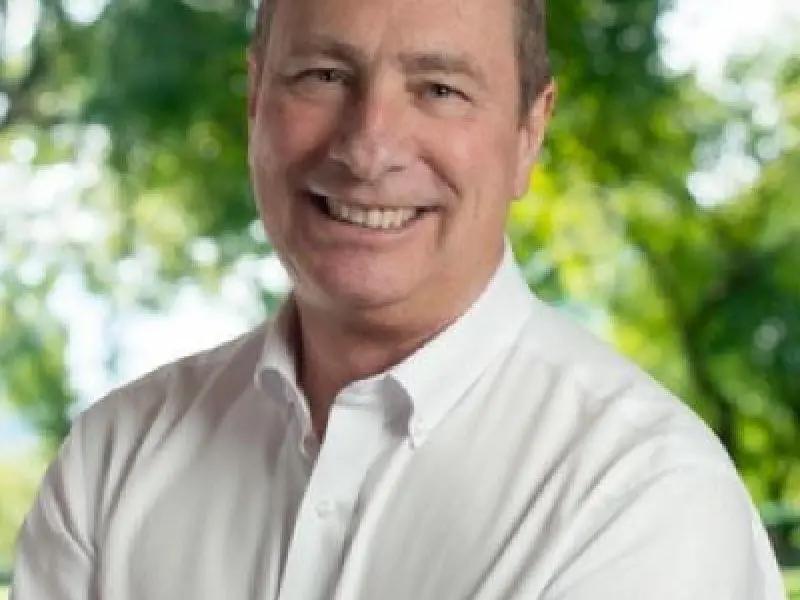
The Association for Iron & Steel Technology (AIST) regularly holds events with featured speakers to talk about their industry and the work they’re doing.
On March 21, AIST held a dinner with featured presenter Colin Osborne, president and CEO of Samuel, Son & Co., Limited (Samuel), a privately held and family-owned North American leader in metal manufacturing, processing and distribution.
Metal production in general requires massive amounts of energy, throughout the entire supply chain, and equates to approximately 10 per cent of global carbon emissions.
With Osborne in the lead, Samuel has managed to navigate the industry, innovate, and remain a thriving business for over 160 years. Osborne's insights on driving change through both sustainability and leadership are valuable to any organization looking toward a promising future.
Setting targets
The 2050 net-zero carbon emission target set by the United Nations is 27 years away, yet always on the horizon. Is it realistic to expect to achieve this goal without acting as soon as possible?
Among his insights, Colin points to the 2050 end game being a possible hindrance to any actions being taken as soon as possible. This target is far beyond the majority of career timeframes, so it becomes an abstract and distant idea. In reality, carbon emissions are generated by virtually every operational and external activity performed by businesses, so it is in everyone’s best interest to have a plan for right now.
“Samuel is constantly seeking out opportunities – big and small – to reduce our emissions because we know that steady progress is required. Delaying action on climate change isn’t an option and we must all start making decisions and taking action now if we’re going to reduce our environmental impact,” Osborne said regarding carbon reduction efforts.
Getting emissions under control
By launching the Samuel Energy Program, focused on seeking out opportunities that will guide them toward carbon intensity reductions, setting and tracking KPIs, and creating a link between their financial and environmental performances, the future of sustainable metal manufacturing looks brighter.
Samuel states that their current goals are to achieve a 10 per cent cumulative reduction in energy consumption, and a 7.75 per cent reduction in greenhouse gas emission intensity by 2025. These goals will require various and oftentimes small, steps that all come together to form a change that can truly be seen.
Samuel has acquired two completely electrified transport trucks from Tesla, kickstarting their journey to electrify their fleet. Their current trucks are not in operation at night, so they already have the capacity to allow charging time for the electric vehicles between trips, Colin said.
In their commitment to ESG, Samuel is involved in a sustainability-linked loan to secure lower borrowing rates. These loans have conditions on the basis of meeting, or failing to meet, clear ESG targets. By committing to this genre of loans, accountability toward sustainable practices is truly established, ensuring an annual analysis of their progress, rather than a vague goal that is to be met several decades down the road.
Innovation toward sustainable practices requires dedicated and capable people and teams. Colin emphasized spotlighting individuals in his leadership and finding strengths in every individual involved with Samuel. Mentoring and stimulating developing leaders from within their workforce is a key to their long-term success.
Forward thinking leadership
While reflecting on his own leadership and the viability of complete sustainability in businesses, Osborne raised an interesting thought. “By setting such a distant target for net-zero carbon emissions - 2050 - is progress being hindered?" he asked.
After all, many individuals in current leadership positions won’t be responsible for their positions or their businesses’ actions anymore by the time we reach the mid-century. Perhaps this goal creates room for many companies to sit in a state of denial for now, until the time to act toward the net-zero carbon emissions goal is truly looming.
Short-term solutions aside, the best that anybody can hope for, sustainability-wise, is that the people that find themselves in top leadership positions share a common set of values and goals across Samuel.
The road to sustainability is drawing on strengths from every member of their organization; the joint effort of individual people and operational modifications including energy optimization and technological investments that snowball toward an improved carbon footprint.
Colin concluded with a hopeful sentiment, stating that he will do everything in his power to ensure that Samuel is set up for a prosperous future for generations to come once it is no longer in his own hands.










